When answering the question what kind of disease (arthrosis) is, it is necessary to note its polyetiological nature. Having different causes, all types of diseases arise due to disruption of the production and self-healing of cartilage cells.
Internal or external pathogens interfere with cellular renewal, triggering processes of fiberization, thinning and complete destruction of cartilage tissue. When diagnosed with arthrosis of the joints, symptoms and treatment depend on the degree of development of the pathology.
Arthrosis is a chronic disease in which, as a result of metabolic disorders, progression of degenerative-dystrophic changes in articular structures occurs with the gradual destruction of cartilage tissue. The disease manifests itself as severe pain in the joints, stiffness of movement in the morning, and sometimes limited mobility.
Over time, the disease leads to impaired functionality of the limb, so you need to consult a doctor when the first symptoms appear.
All medical resources write and talk about arthrosis, because it is the most common joint pathology. More than 6% of the population suffer from various types of arthrosis, and the disease does not spare young people. The pathology shows gender bias by age: among young patients, men predominate, while in the mature and elderly risk group, women predominate.
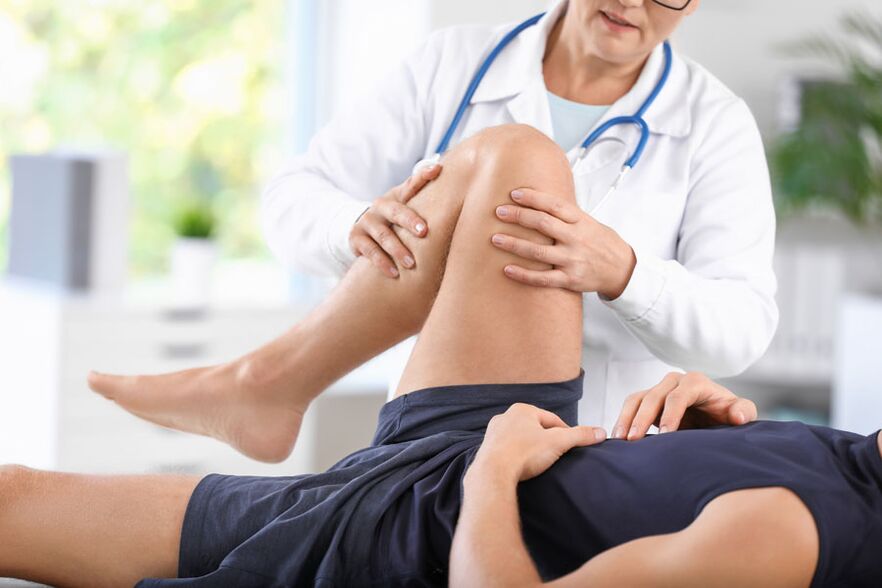
Types and stages of the disease
Arthrosis can begin to develop as a primary, idiopathic pathology in a once healthy joint, most often as a result of age-related changes in metabolism and trophism in tissues. It can also be a secondary disease, a complication of injury or damage from a previous pathological process.
Depending on the location, arthrosis of the joints is distinguished:
- coxarthrosis - hip;
- spondyloarthrosis - vertebral, involving the discs of the cervical, thoracic, lumbar areas;
- uncovertebral - vertebral in the neck area;
- gonarthrosis - knee;
- Patellofemoral gonarthrosis is arthrosis of the lower extremities, affecting the sesamoid and upper part of the femur.
The disease develops gradually, sometimes very slowly, throughout life. There are four main degrees of arthrosis:
- 1st, or initial degree, in which the process of degenerative-dystrophic changes is just starting, often without symptoms.
- The 2nd degree can be manifested by discomfort, crunching, and slight pain in the joints.
- 3rd degree is characterized by disruption of the usual way of life due to frequent pain, lameness, and limitation of physical activity.
- The 4th degree of arthrosis is the complete destruction of cartilage tissue on the articular surface, which leads to immobility, deformation of the joint, and severe pain. At this stage of the disease, endoprosthetics is necessary; any other treatment methods are no longer effective.
When diagnosed with arthrosis, treatment depends on the degree of the pathological process, its primary or secondary history, age, and concomitant diseases in the patient.
Orthopedic traumatologists choose the most appropriate treatment tactics, also considering the possibilities of surgical treatment.

Symptoms and signs of the disease
Pathological changes of the first degree may not show any signs. Often, incipient pathology is diagnosed by chance, during an examination for another reason.
As the process develops, the main signs of arthrosis are pain of varying degrees, color, character, and frequency. This may be pain after physical activity, sports, night sleep, or cooling.
The pain can be starting, at the beginning of the day or with a sudden start of movement, depend on weather conditions and air humidity, and "anticipate" weather changes. To put it simply, what is arthrosis of the joints is when "your legs ache due to the weather. "
Any part of the musculoskeletal system can be affected, but particular pressure is placed on the knee and hip joints.
Symptoms of arthrosis:
- joint blockade, limited movement, stiffness in the morning;
- crunching, not necessarily accompanied by pain in the first stages;
- feeling of friction in the joint when walking;
- deformation of the joint itself;
- violation of body symmetry;
- lameness, "duck gait" after a period of long periods of inactivity;
- swelling, redness, swelling of the surrounding soft tissues, if bursitis, synovitis are involved;
- changes in blood pressure;
- dizziness, headache;
- cramps and muscle spasms.
In men, the risk zone is the wrist, ankle, temporomandibular, and lumbar regions. In women, the thoracic and cervical spine, the joint at the base of the big toe, and the joints of the fingers are more quickly affected.
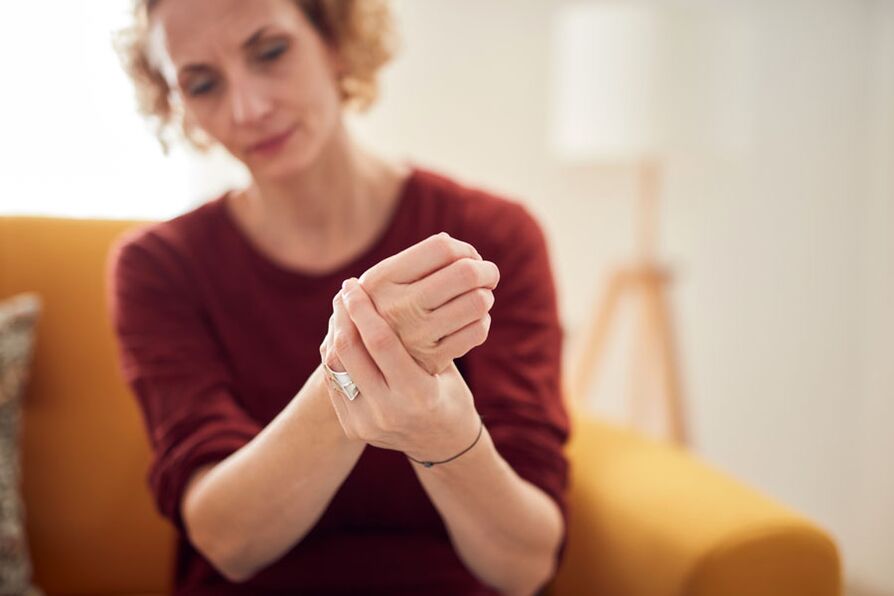
Diagnosis of the disease
The pathology is diagnosed based on typical clinical manifestations, confirming them with hardware diagnostic methods.
Modern equipment allows you to visualize tissue, giving a reliable picture of the degree of the degenerative process and the condition of the tissue in the affected area.
- X-rays in several projections visualize the joint, allowing you to assess the extent of the damage.
- CT or MRI are prescribed to obtain a three-dimensional image of the joint, study the condition of the tissues, and exclude tumors.
- Clinical tests of blood and urine reveal or exclude concomitant diseases, allowing you to assess the condition of the body.
To get an accurate picture of the pathology, the results of two or more studies are analyzed.
To clarify the diagnosis and exclude other pathologies, if the results are questionable, an additional examination is prescribed, which can be carried out with the participation of doctors of other specializations.
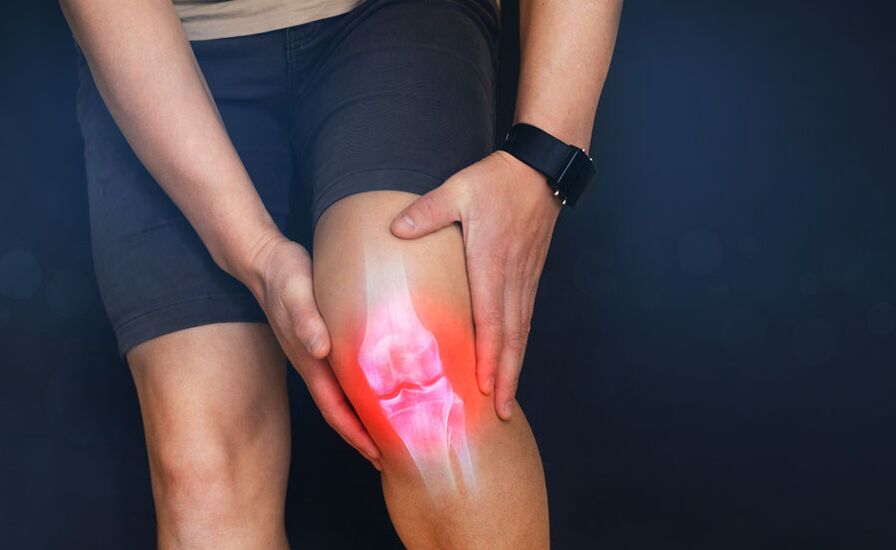
Treatment of joint arthrosis
Before treating arthrosis, it is necessary to stop the process of further destruction of cartilage tissue and the development of pain. This is achieved by a therapeutic program that includes the following methods and means:
- Nonsteroidal anti-inflammatory drugs that stop inflammatory processes and relieve pain.
- Injections of corticosteroids into the synovial bursa stop the acute inflammatory process and pain.
- Injections of hyaluronic acid into the synovial bursa restore intra-articular fluid.
- Chondroprotectors that can stop the degenerative-dystrophic process in joint tissues.
- The innovative PRP technique, or plasma therapy, triggers tissue self-healing processes thanks to the action of injections of the patient’s own blood plasma with a high platelet content.
With the development of neurological disorders, sedatives, painkillers, anticonvulsants, antispasmodics, and muscle relaxants may be prescribed.
How and with what is arthrosis of the joints treated when the pathological picture is severe?
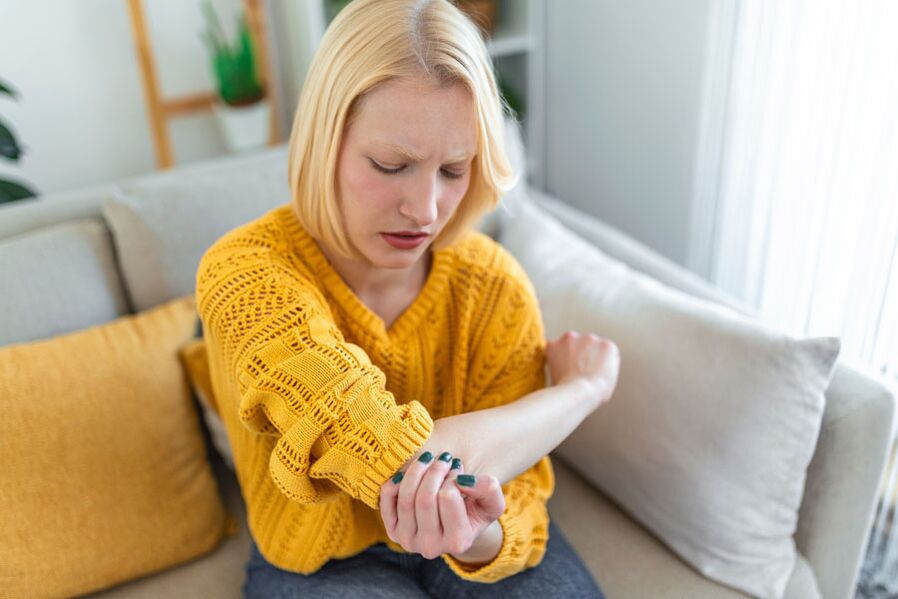
Among therapeutic methods, physiotherapy is most effective.
In the stage of exacerbation of arthrosis of the lower extremities, spine, shoulder and other joints, the best results are shown by courses of physiotherapeutic procedures:
- Laser therapy.
- Magnet.
- UV irradiation.
During the remission stage the following courses are prescribed:
- Electrophoresis.
- Inductothermy.
- Ultraphonophoresis with hydrocortisone.
- Electromyostimulation.
- Balneotherapy, mud applications, radon baths.
The patient is prescribed a special program of physical therapy, regular swimming in the pool, water aerobics, and kinesiotherapy.
If necessary, the doctor recommends wearing an orthosis on the affected joint.
Is arthrosis of 4–5 degrees of pathology treated?
If therapeutic methods do not produce results, the disease progresses, and surgical treatment is indicated.
The type of joint surgery depends on the degree of tissue damage:
- Arthroscopy. A gentle surgery method in which the integrity of the joint is preserved, but using endoscopic technology the articular surfaces are thoroughly cleaned of bone growths, osteophytes, and irregularities.
- Osteotomy. The method involves removing part of the articular tissue in order to restore the symmetry of the joint and eliminate severe deformation.
- Arthrodesis, or fixation in a comfortable position for subsequent complete fusion, without the possibility of further mobility in the joint.
- Endoprosthetics. A method of radical surgical treatment in which the affected joint is completely or partially replaced with an endoprosthesis. The prosthesis is selected individually according to the parameters; it must fully ensure the functionality of this joint.
The choice of the best treatment method is within the scope of the doctor's competence.
It is necessary to cooperate with a specialist, listen to his recommendations and carefully follow them, then the treatment will be successful and will allow you to lead your normal lifestyle without any special restrictions.
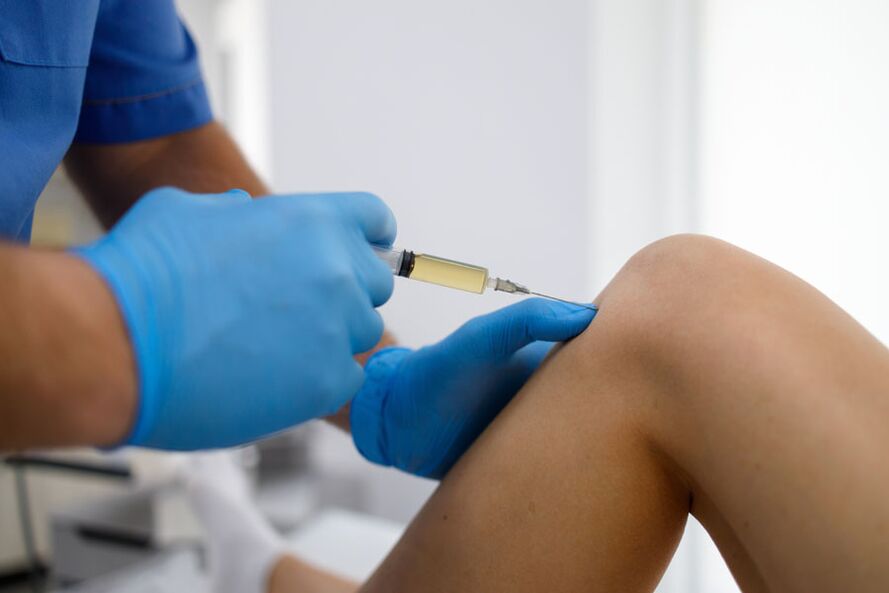
Causes of the disease
Age-related changes in tissues, a history of injuries and diseases are often a complex factor in the development of arthrosis in people over 50 years of age.
But there are many more pathological triggers that trigger the destruction of joint tissues:
traumatic damage to joint tissues;
- complications of other diseases: arthritis, thyroid pathologies, infectious, inflammatory processes in the body;
- autoimmune processes;
- hypothermia;
- excessive sports and physical activity;
- obesity, abnormal metabolism.
If we say in simple words what arthrosis is, the definition would be "destruction of the cartilage layer in the joints. "
As a result, the cartilage loses its natural elasticity, acquires a rough surface and microcracks. Bone tissue grows on damaged areas of the cartilage surface, forming bumps and outgrowths - the so-called osteophytes.
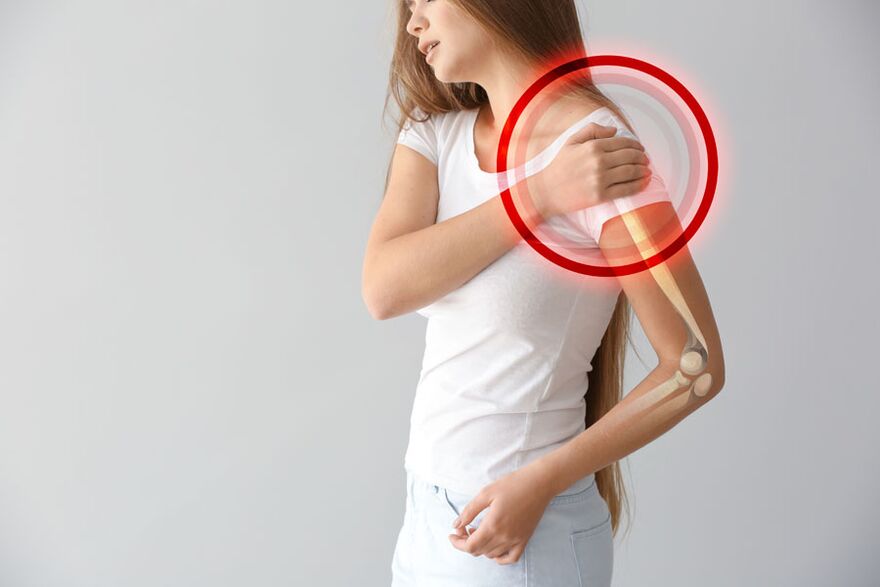
Disease prevention
Measures to prevent arthrosis are aimed at preventing irreversible degenerative changes in cartilage tissues that deprive a person of a full life:
- Activation of recovery processes. Replenishment of deficiencies of chondrocytes (glycoproteins, proteoglycans, collagen) in the body and activation of their work.
- Complete nutrition of cartilage tissue. Ensuring sufficient motor activity to normalize blood supply to the bone and perichondrium.
- It is recommended to lead an active lifestyle and include foods rich in flavonoids in your diet.
- Strengthening bone structures. To prevent pathological changes in the area of bone tissue, osteoprotectors are prescribed.
When diagnosed with arthrosis of the joints, symptoms and treatment depend on the degree of development of the pathology. The sooner therapeutic treatment of arthrosis is started, the greater the chance of restoring joint function, maintaining mobility and quality of life.
Surgical treatment helps restore already lost functionality.
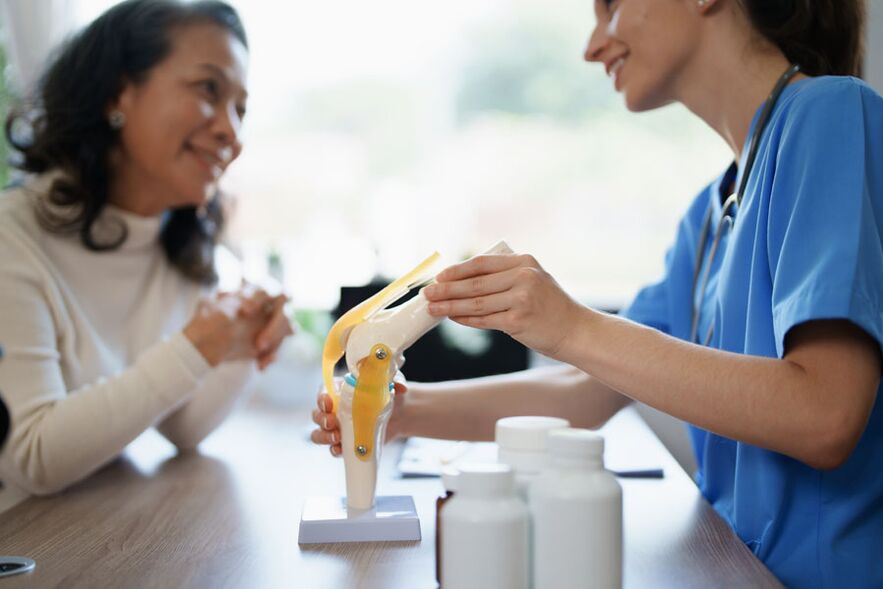
Orthopedic traumatologists will do everything possible to improve your health and restore the joy of movement. In the diagnosis and treatment of arthrosis, professional doctors rely on the best world experience - medical protocols with proven effectiveness. All important decisions are made collectively in consultations with doctors of other specializations. After all necessary treatment measures and operations are completed, the rehabilitation therapy regimen will be selected individually, with full medical support at all stages.
























